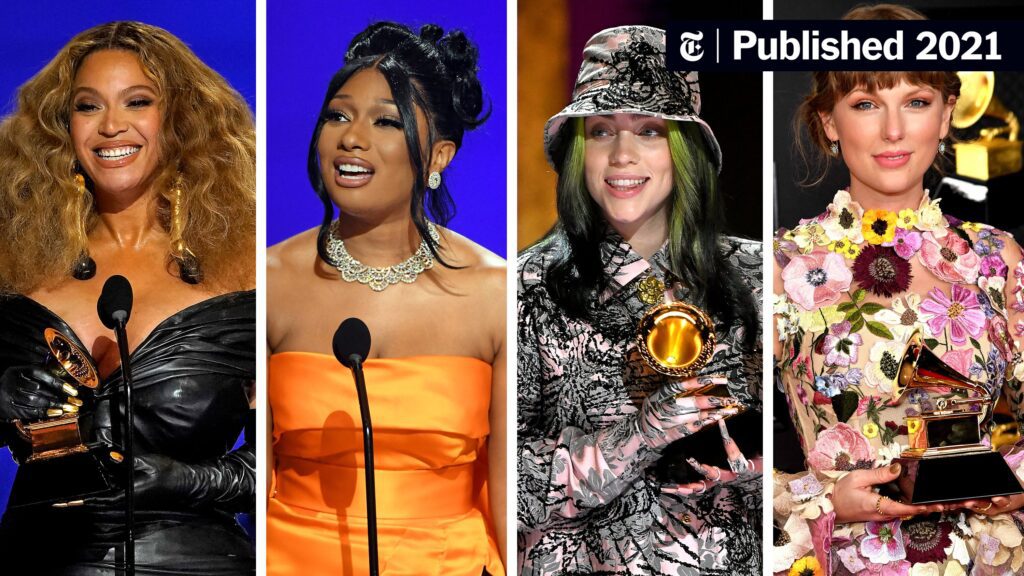Creating award-winning video game art involves a complex process that requires careful planning and execution. The first step is brainstorming ideas and creating concept art that showcases the game’s vision. Then, 3D models are created using software like Maya, and textures are added to add depth and detail. Animators study real-life movements to create realistic animations, while the environment artists build and detail the game’s world. The sound design complements the game’s visuals, immersing players in the game’s world. After final polishing and playtesting, the result is often a visually and aurally stunning game enjoyed by millions of players.
Breaking Down the Creative Process Behind Making Award-Winning Video Game Art
Introduction
Video games, like any other form of art, are made up of various elements that come together to create a final product. One of the most essential components of a video game is its art. From the concept art to the final character models, every aspect of a game’s art has to be planned and executed with care. In this article, we will be breaking down the creative process behind the making of award-winning video game art.
Brainstorming and Concept Art
The first step in creating video game art is brainstorming. The design team needs to decide on the style, theme, and art direction of the game. They brainstorm and do research to find inspiration and references for their design. After the brainstorming session, the next step is creating concept art.
Concept art is a visual representation of the game’s ideas, influences, and direction. It is the first step in the creative process of designing video game art. The concept art is used to create a vision for the team to follow, and it guides them as they begin to create the game’s art assets.
Creating the 3D Models
Once the concept art is finished, it is time to create the 3D models. The artists create rough iterations of the models to get the shape and design right. The 3D models are created using software like Maya or Blender, which allows for intricate modeling and detail.
The 3D models are then textured with photographs or hand-painted textures. The textures will add the color, depth, and detail to the models. The team meticulously works on every detail of the models, ensuring that they are visually accurate, detailed, and appealing to the eye.
Animation and Rigging
Once the models are complete, they need to be animated. The artists use software like Autodesk MotionBuilder to create realistic movements for the characters, objects, and environments. Animators study real-life movements and actions to create animations that are believable and fluid.
The models also need to be rigged. Rigging is the process of adding bones, joints, and controls to the models to make them move realistically. The rigging process is time-consuming and requires immense attention to detail to get the movements just right.
Building the World
Creating a video game world involves designing the environment, level design, and lighting. The environment artists build and detail the world, creating the buildings, landscapes, and other objects that players will interact with.
The level designers are responsible for creating the game’s levels. They take the designed world and create the paths and challenges that the players will encounter. The lighting artists ensure that the world looks visually appealing and enhances the gameplay experience.
Sound Design
Sound design is an essential element of the video game art. A game’s sound design adds to the atmosphere, immersing the player in the game’s world. Sound designers work on creating sound effects, background music, and voice acting.
The sound team works closely with the other art teams to ensure that the game’s audio elements complement the game’s visuals. They use software like Pro Tools to create and mix sound effects and music.
Final Touches
After all the art assets are created, the game goes through a final polishing stage. Artists go through the game with a fine-toothed comb, fixing any errors or glitches. The game’s sound is mixed and added throughout, and the game is playtested to find any other issues that need fixing.
Conclusion
Creating award-winning video game art is a complex and time-consuming process. From brainstorming and concept art to creating the 3D models, animation, and rigging, every element of a game’s art has to be carefully planned and executed. Building a game’s world requires the creation of the environment and level design, and sound design and final polishing all contribute to the creation of a visually and aurally stunning game. The process may be long, but the result is often a masterpiece that millions of players can enjoy.
